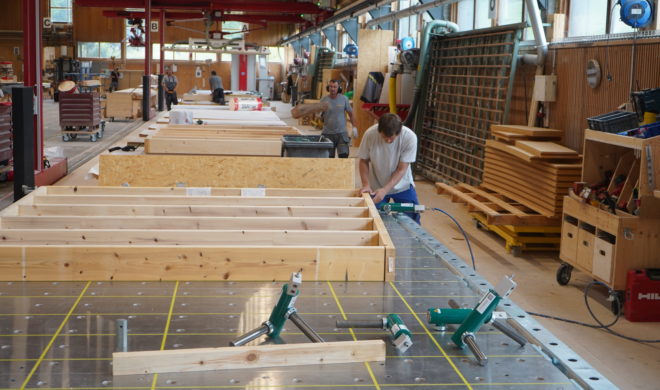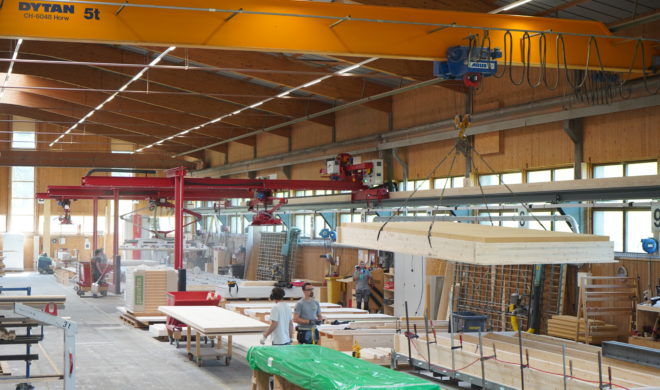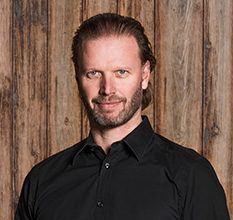Prefab: Focus on Material Handling
The new production plant of Stuberholz AG does not score with fully automatic processing bridges, but focuses on material handling.
Mikado, Edition 10 2021
Automatic Google Translation from the German original:
Stuberholz AG, founded in Schüpfen (CH) in 1887, was originally a sawmill, mechanical joinery and parquet factory in one and has been run by Nik Stuber in the fifth generation since 2011. With the first euro-Swiss franc crisis in 2012, the decision was made to close the long-standing cross laminated timber plant and concentrate entirely on timber construction. In 2015, the carpentry was relocated to the original BSH workshop and the prefabrication was expanded accordingly. Today the company has 60 employees and is mainly active in residential construction. The entire spectrum is covered there, from extensions and heights to large superstructures. Also in interior design, where everything from kitchens, doors, cupboards to parquet is offered. The company, which is located near the Swiss capital, has an annual construction volume equivalent of around 50 single-family homes.
No Joinery Machine
When expanding the prefabrication, a conscious decision was made against purchasing a joinery system. Of course, having your own system also has advantages, but it is not economically viable. As in the automotive industry, you have to rely on suppliers for components who can manufacture them much more cost-effectively. “Our specialty is assembly, prefabrication,” Stuber sums up the matter. And there you want to optimize.
Instead of a joinery machine, investments were made in assembly tables from the Swiss manufacturer Woodtec Fankhauser GmbH four years ago. Thanks to the precise angles and pneumatic presses, the assembly of the boltwork has been greatly simplified. The employees also appreciate the integrated meter scale. Despite the cut-to-length stand and pre-grooved thresholds, this gives you an overview of the position and angularity of the elements. All in all, these simple functionalities save a lot of time when assembling the boltwork without major automation.
At Stuberholz, however, that was not the end of the story. “After every successful improvement, we set the bar a little higher,” says Nik Stuber, explaining the drive for continuous improvement. Do not hesitate to question traditional solutions and adapt them for new projects. Stuber: “It is already the fourth time in five years that we have made profound improvements to our production process.”
Factory Equipment with Handling Solutions
The advantages of the new plant at Stuberholz
Handling Cranes: Reduced Waiting Times and more Efficiency
Stuber recognized the potential for improvement in the area of material handling very early on and looked for possible solutions. The hall is over 80 m long and the prefabrication has four work stations along one half of the hall with a tramline in the middle. Despite two overhead cranes, they wanted to provide additional handling solutions for all workstations in order to move stands and plate material. On the one hand to reduce the utilization of the hall cranes and the associated waiting times, on the other hand to prevent the employees from moving loads too often by hand and thus to prevent long-term damage to health. Apart from the fact that lifting heavy loads always requires two employees, which is not very efficient.
A pillar crane was originally used for stations 3 and 4 (roof element production), but it was too cumbersome and, due to the rotating movement, did not fully relieve the employees. At stations 1 and 2 (wall production) this was then solved using a second crane level. For this purpose, supports were placed along the tramline for a crane runway, on which two additional lightweight bridge cranes were used over the half of the hall. “In terms of relief, it was actually a good solution for the employees,” says Stuber. The problem with this was that the two cranes always had to move away to turn and remove the elements with the hall crane. In addition, Stuber wanted to strive for a better solution for stations 3 and 4.
Full Solution with three Handling Cranes
They found what they were looking for again at Woodtec Fankhauser GmbH. The new overall system has three handling cranes with telescopic scissor hoists. The cranes are designed as half-portals and run on a crane rail on the floor and along the hall wall.
This means that they cover the entire work area of the assembly table. In addition, the cross member has a boom. The material can therefore be stored between the tables and the tramline to save space.
The two outermost cranes have vacuum lifters and beam grippers for the panel material and stands as well as a turning device. The elements are assembled and sheated at the outermost stations (1 and 4). Then, thanks to the integrated turning function of the cranes, they are turned and transported to the middle stations 2 and 3.
A handling crane is available there, which is equipped with the blowing plate to insulate the elements. The two outer cranes with the vacuum lifters are then used again for the second planking. Each handling crane thus covers two stations.
Overhead Crane is only used for Loading
“Thanks to the handling cranes’ additional turning and transport device, the hall crane is only used for loading,” explains Stuber, which consistently shortens capacity utilization and the associated waiting times. Thanks to the semi-portal shape of the cranes, they do not have to be moved to the side and elements can be removed from the line at any time. And the flocculation by blowing plate is also optimally solved in this way.
“We had also considered a solution with wall-mounted traveling cranes,” explains Stuber. That would have been very expensive in terms of building technology, however, the hall crane would still have been used frequently and only standard chain hoists would have been available. “We have a solution that is precisely tailored to our needs, right through to the transport of the blowing plate,” he adds.
Handlingcranes with intelligent Assist Functions
Woodtec has long been aware of the need for handling solutions that are precisely tailored to timber construction. The prefabrication volume is increasing and everyone is waiting for the hall crane. In addition, the employees must be better relieved in order to prevent them from migrating to other industries for health reasons.
At the beginning, experiments were also carried out with lightweight variants that could only be moved by hand. The advantages of a fully motorized solution quickly became apparent. The precise travel thanks to the telescopic scissor hoist also prevents any swinging of the load. “This enables much higher travel speeds,” says Samuel Arnold, the responsible development engineer at Woodtec. Furthermore, the cranes have intelligent control systems and can, for. B. register the position of the plate stack and simply move to it at the push of a button. “This should make operation as efficient as possible and make the otherwise tedious luggging of material easier.”
Fewer work steps, more prefabrication
Even if the Stuberholz team is very satisfied with the new system, nobody wants to be satisfied with it. Other improvements include for instance the in-house supply of the material, with the aim of storing the material as close as possible to the workstations. Because even if you now have suitable handling solutions, the material for each element should be transported as little as possible.
Further work steps should be avoided by cutting the planking more and more on the elements themselves, with a circular saw or the flush milling cutter from the same manufacturer. The people found cutting on the vertical panel saw “good”, Stuber sums up the constant exchange between planning and production, but loading and unloading the saw is time-consuming and expensive.
“We have now agreed that the panel saw will still be available, but will only be used if it is really more efficient,” says Stuber, describing the direct way of always taking the craftsmen on board for all improvements.
Maximizing Prefabrication
The degree of prefabrication has also been steadily improved over the years. The boss himself had to insist that the windows be installed at the factory. Then there were facades, blinds, fall protection. “The prefabrication should be maximized in all work areas, because the hours on the construction site are more expensive than in the factory,” says Stuber.
Architecturally, the modular construction is too restrictive, which is why the company will remain with frame construction, but Stuber is for instance trying to prefabricate the wet rooms as complete modules, as well as the kitchens. That saves a lot of time.
Stuber sees the future of his company less in robotization, which restricts too much, but rather in relieving his employees and equipping them with suitable machines. With optimized processes, they should be able to carry out their craft more and more efficiently.
“We are not operators of a production line, but a team of people who build houses together,” Stuber sums up the spirit of the company.
Latest News
Show all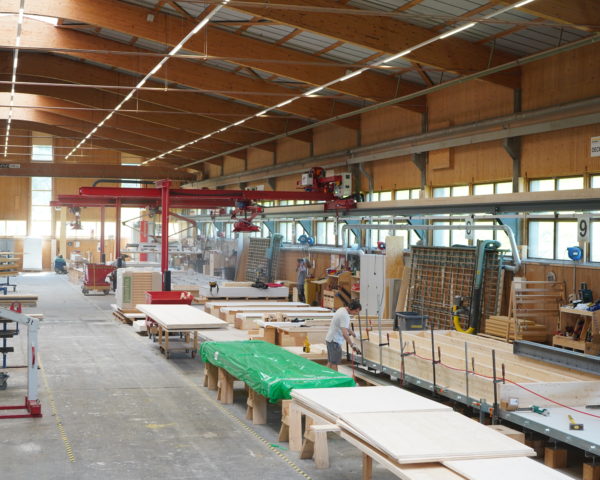
Prefab: Focus on Material Handling
The new production plant of Stuberholz AG does not score with fully automatic…

Stationary Workplaces Work Best
The Lehner GmbH from Heidenheim relies on stationary workplaces in their newl…
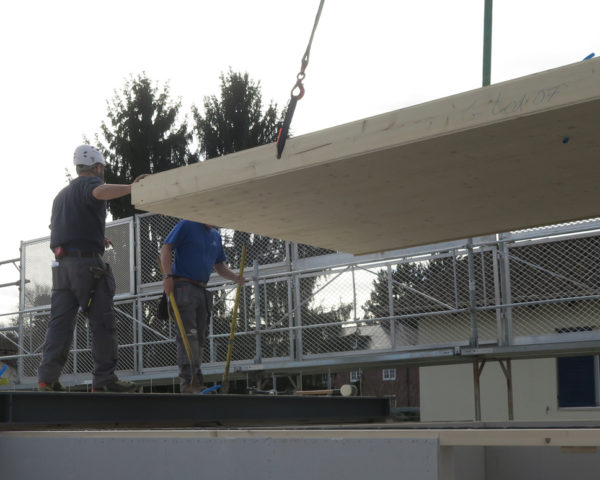
Added Storeys and Extensions
With increasing urbanization and the legislative measures against urban spraw…
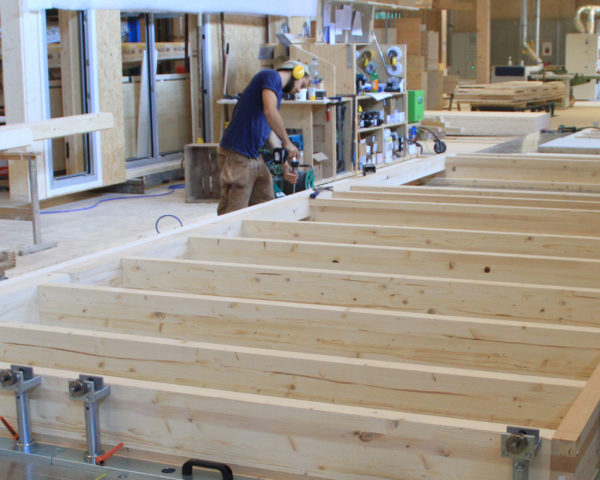
Frame Prefab with Manpower
Industry 4.0 is not necessarily synonymous with automation and automation has…

Prefabricate Roofs
A new trend could emerge in the manufacture of roof trusses.

Modular Prefab
The trend towards individual solutions in timber construction and constructio…
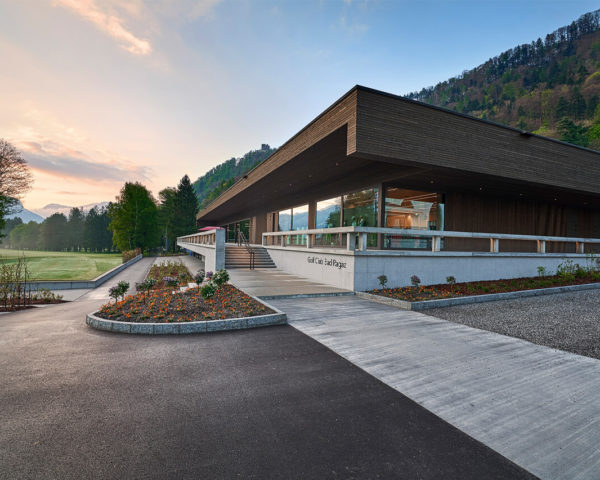
Glued Box Girders – Completely Without Screws
Glued box girders for roofs and ceilings with a larger span
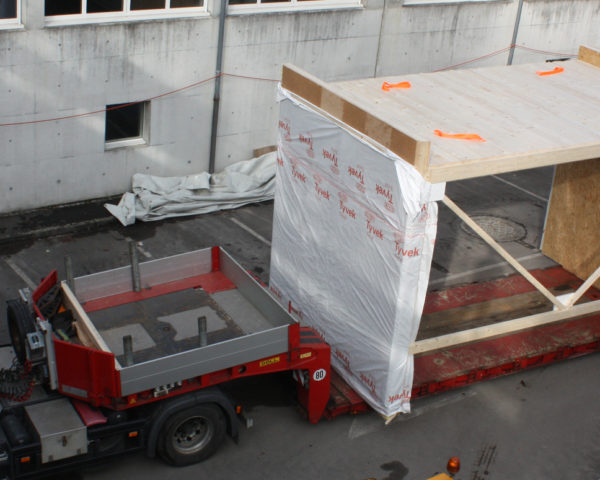
Timber for Athletes
Whether sprinting, hurdling, long jump or javelin throwing – thanks to ribbed…
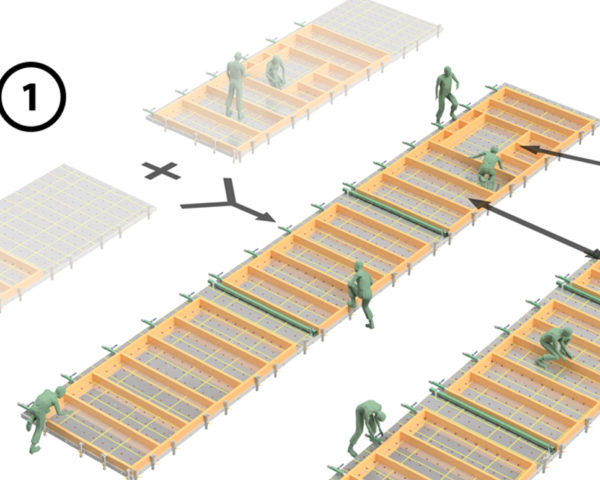
More Flexibility with Modular Workstations
The new concept for optimizing space, minimizing transport and material flow …

